Today’s designer handbags have a long and storied history.
Early Europeans used handbags just as we do today—to store personal belongings needed for the day. Clothing had no pockets until the 17th century, so men also carried handbags for things like coins, alms, and relics.
Worn attached to a belt, this 16th-century buckle bag had 18 secret compartments. For the aristocratic gentleman, it was a status symbol.
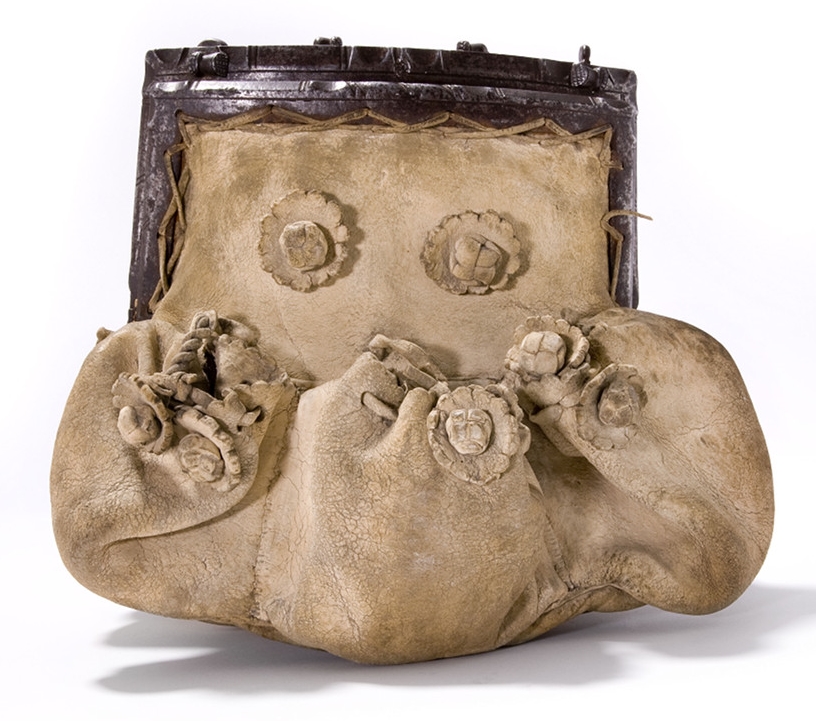
The First Man-Purse?
The sporran played a similar role in the highlands of Scotland—part utilitarian, part symbol of wealth and status.

A 16th-Century Messenger Bag?
As pockets became an integral part of clothing during the 17th century, men no longer needed to carry handbags for anything other than the bulkiest of items—books, documents, and letters.
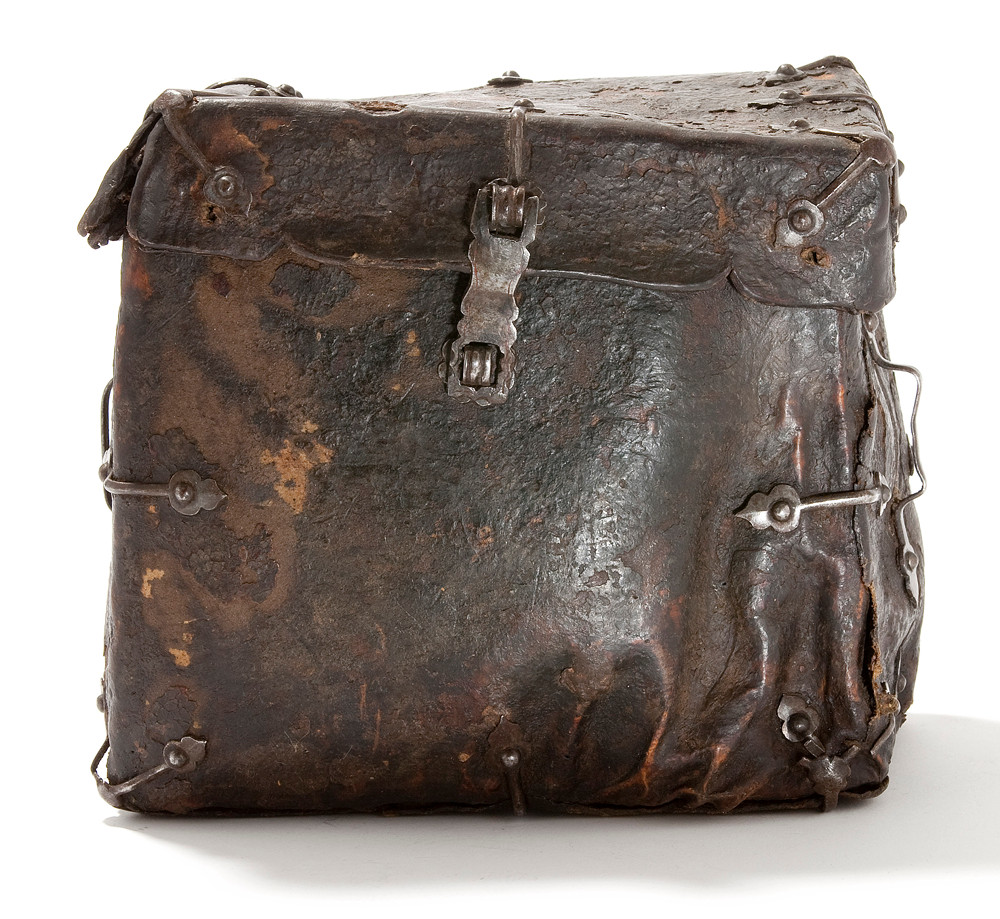
Chatelaine Bags
From the 16th century, women often wore a decorative clasp at the waist with a series of chains attached, called a chatelaine. Suspended from it were useful household accessories such as scissors, keys, and sewing tools. Crafted from precious metals, chatelaines were considered as jewelry and status symbols.

Reticules or Indispensables
17th- and 18th-century ladies preferred to carry their particulars in small bags with drawstrings that were known as reticules in France and “indispensables” in England.
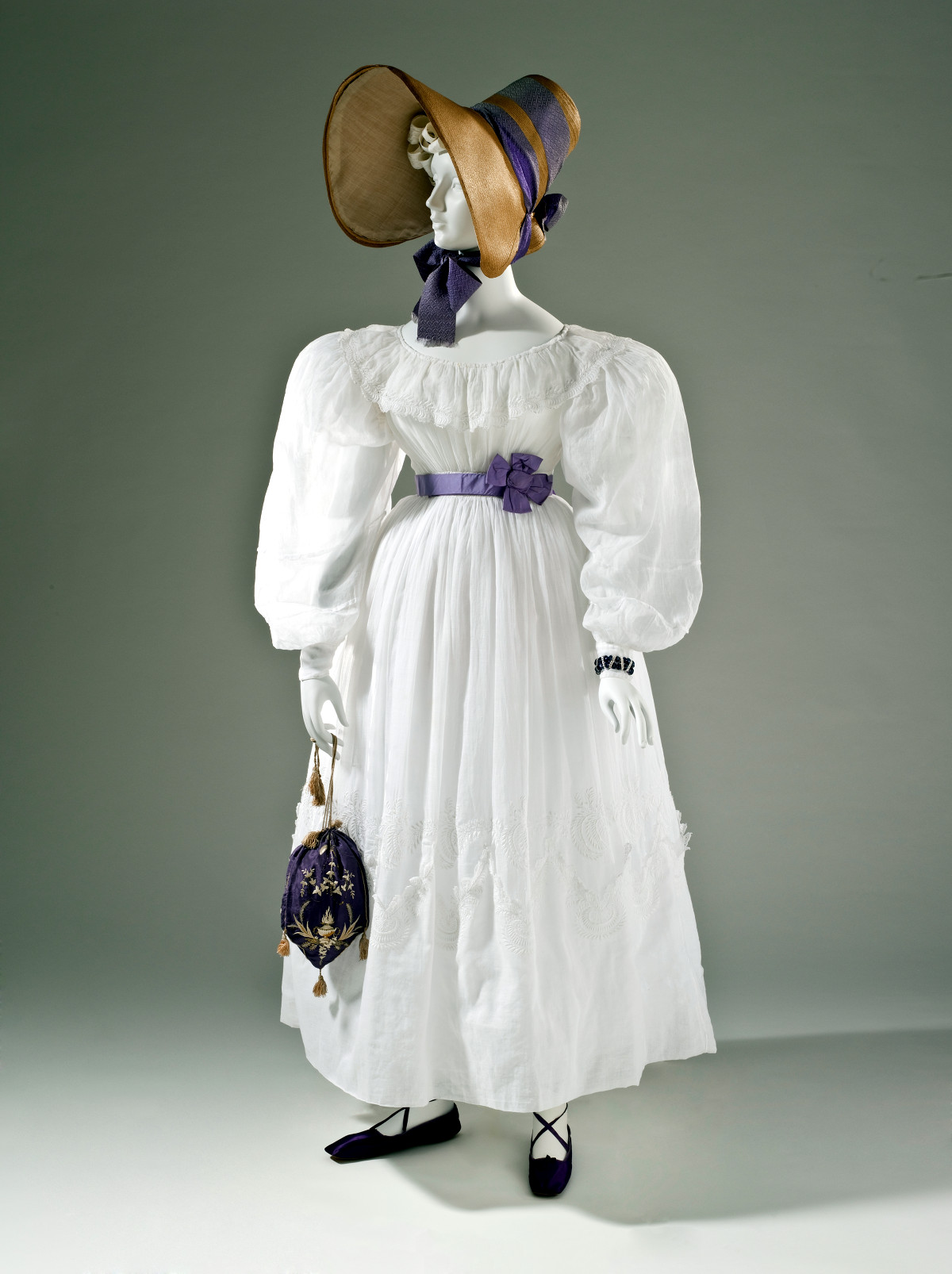

Using embroidery skills learned from a young age, ladies created designs of great artistry and beauty.
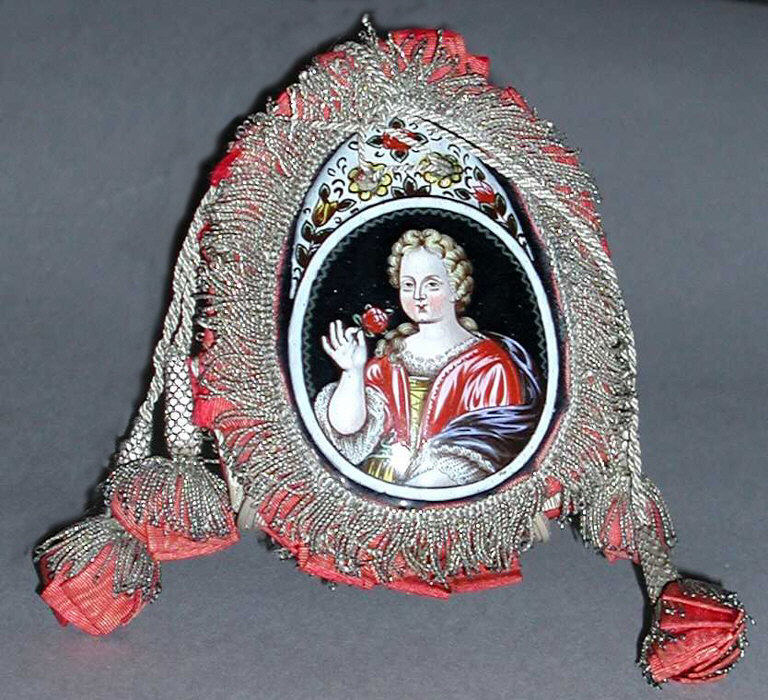
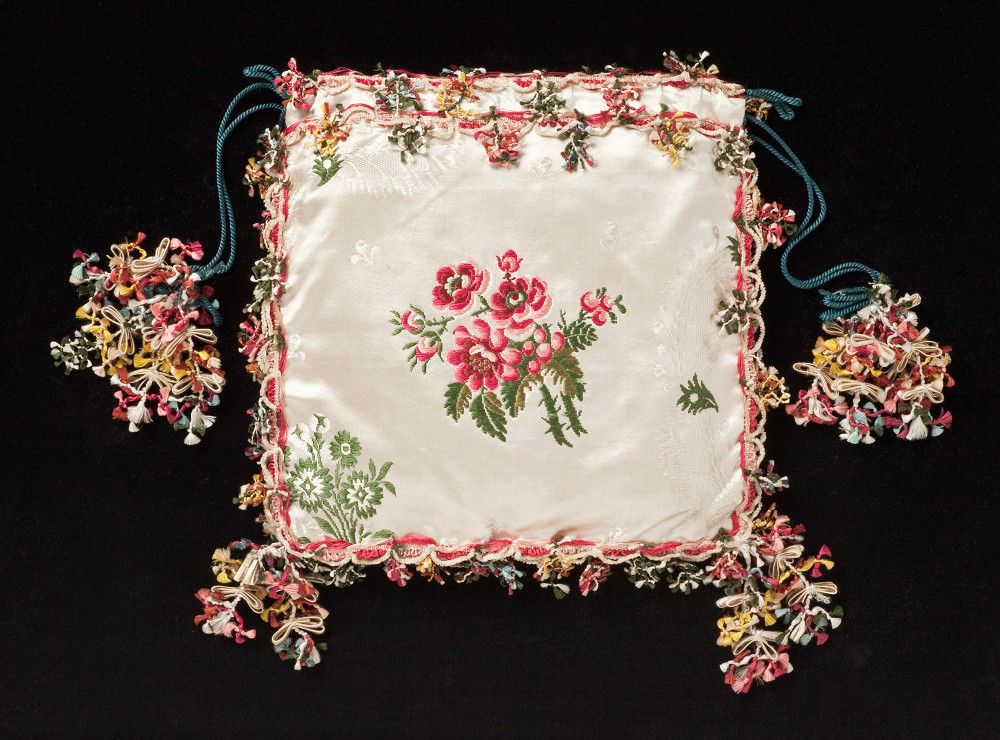
The Dawn of the Designer Handbag
The Industrial Revolution brought steam railways and travel became increasingly popular.
In 1841, Yorkshire entrepreneur Samuel Parkinson, whose Butterscotch confectionary was appointed to the British royal household, wanted to treat his wife to a custom-made set of hand luggage.
He had noticed that her purse was too small and not made of a sturdy enough material for traveling. So he had leather handbags made for her in varying size for different occasions.
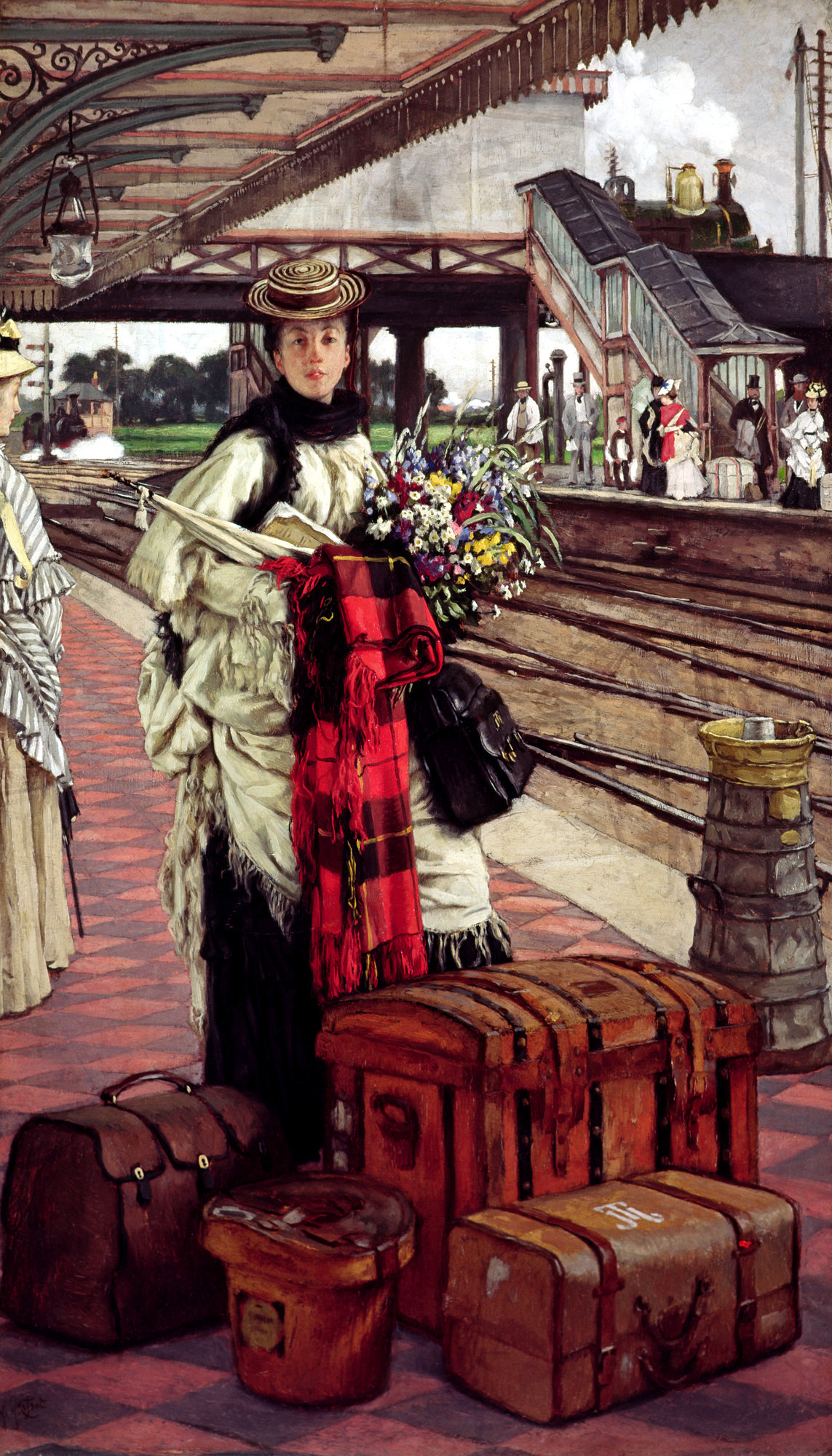
Besides durability, Parkinson wanted to distinguish his luggage from that of lower class passengers.
London-based luxury leather goods company H. J. Cave & Sons was more than happy to oblige. Its Osilite trunk became so famous that it won several prizes in the 19th century, including first prize in Paris in 1867.
But most importantly for Mrs. Parkinson, she got to own the world’s first designer handbag.
H. J. Cave’s designs are known to have inspired Louis Vuitton (1857) and a young Guccio Gucci (1910).
Gallery of handbags and purses through history
1700s
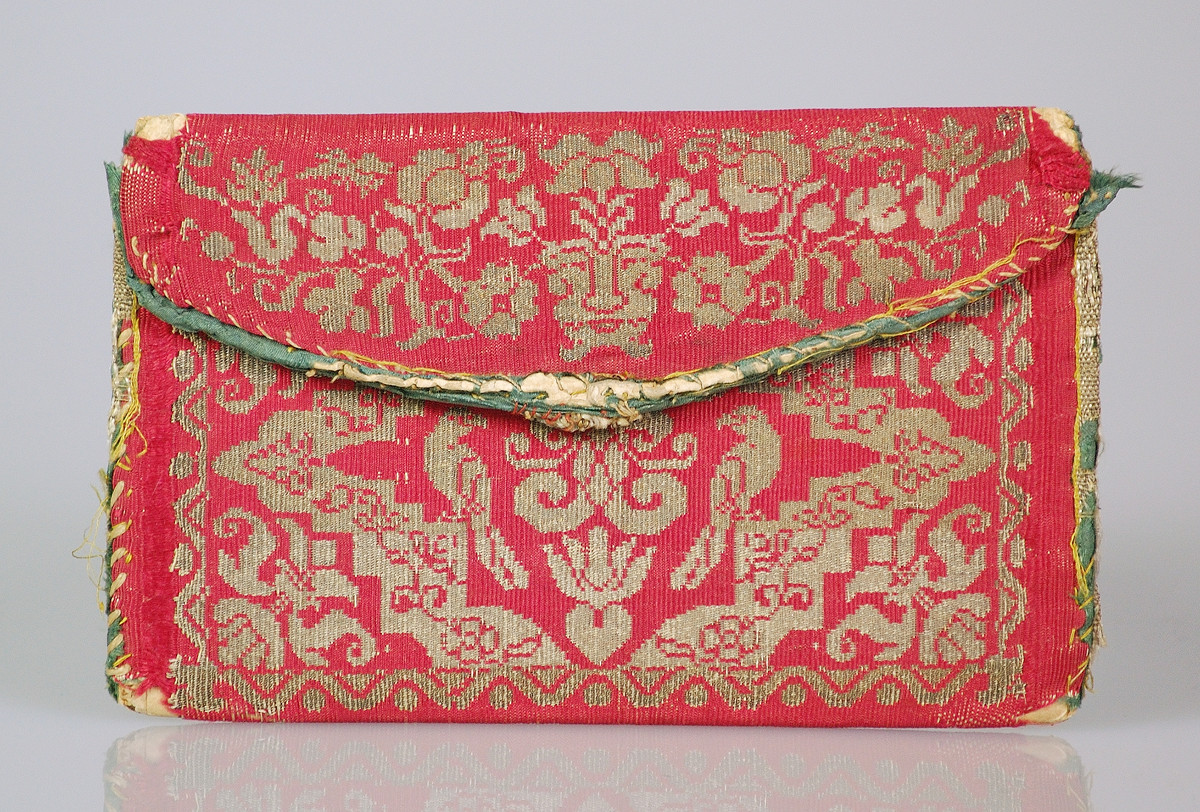
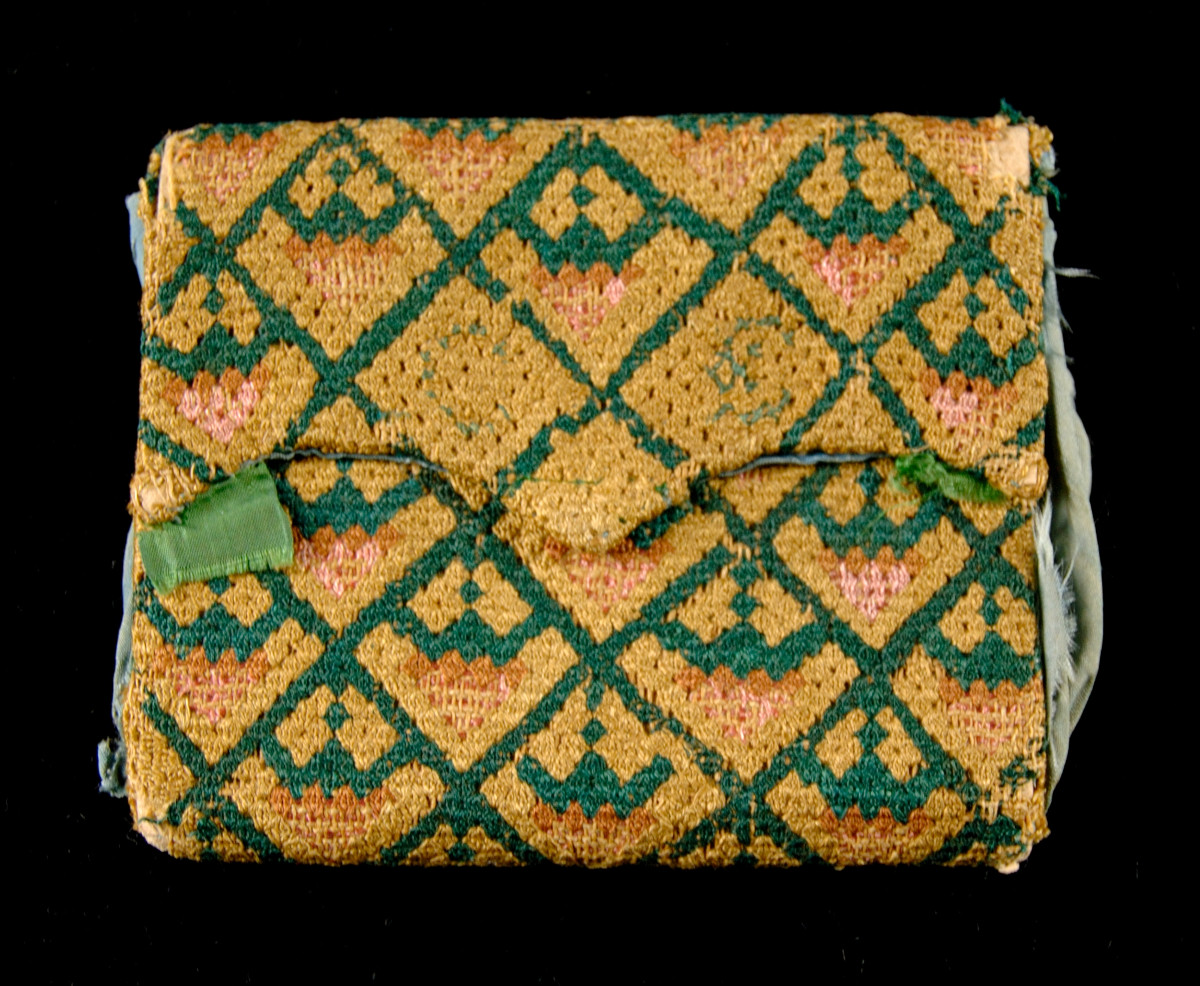
1800s
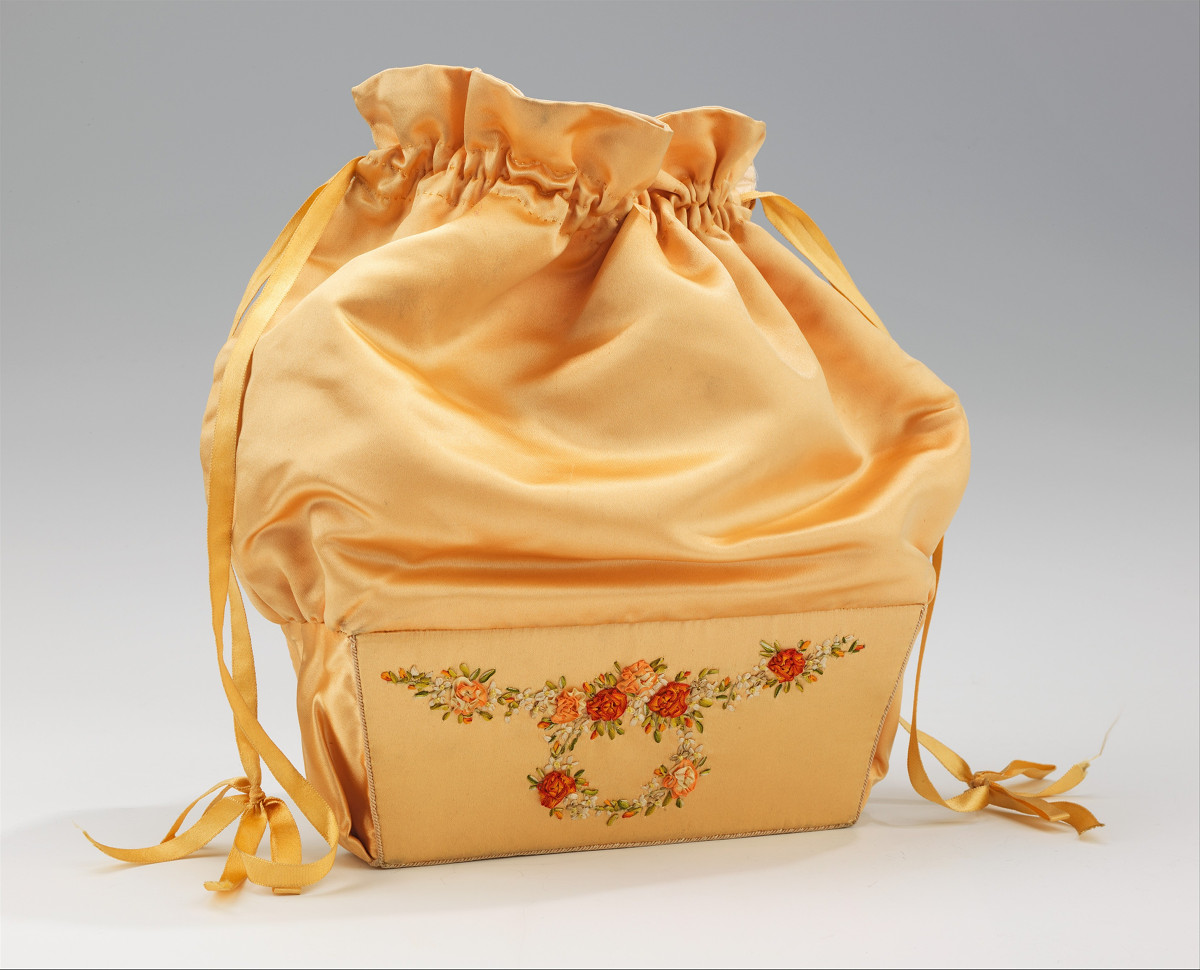
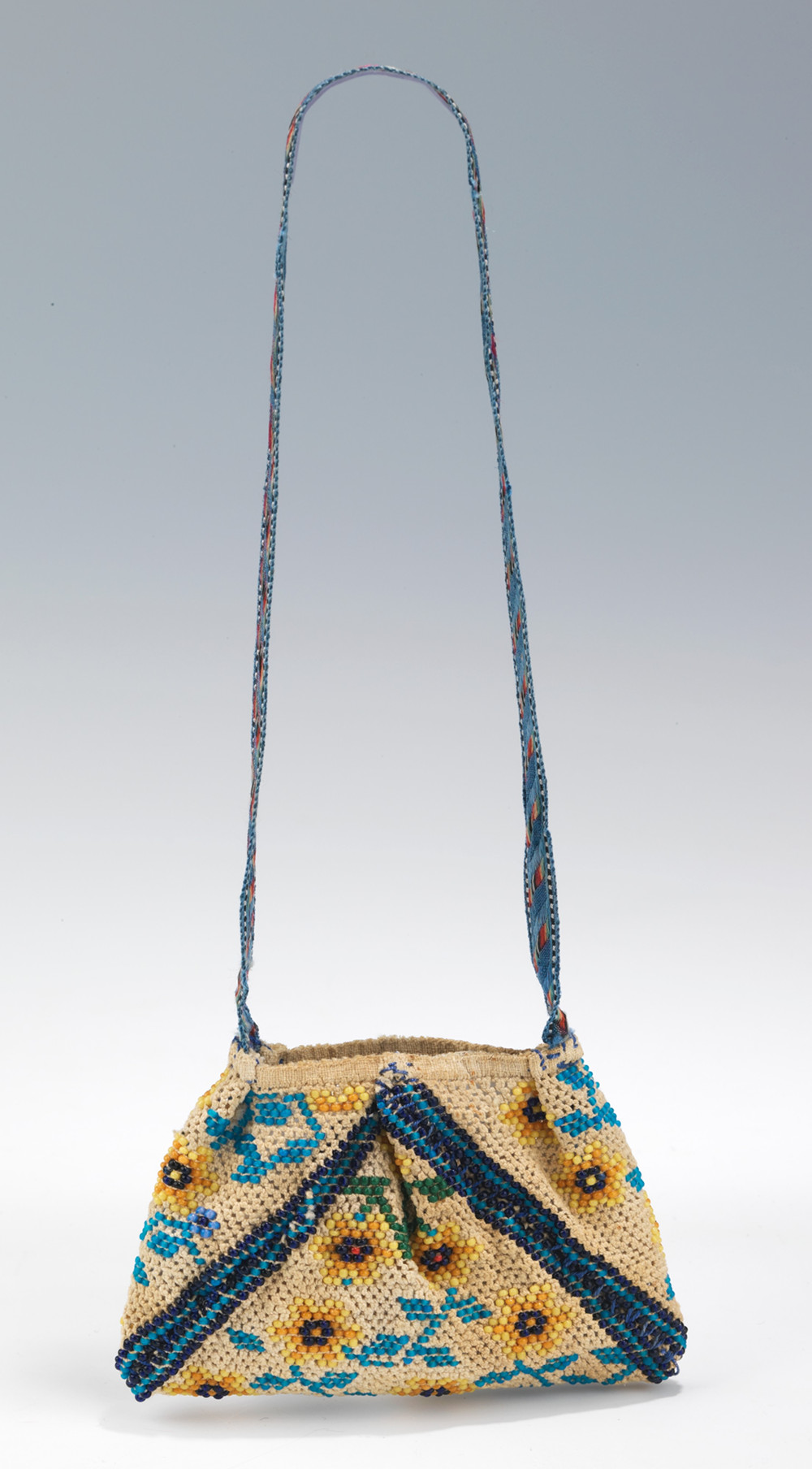

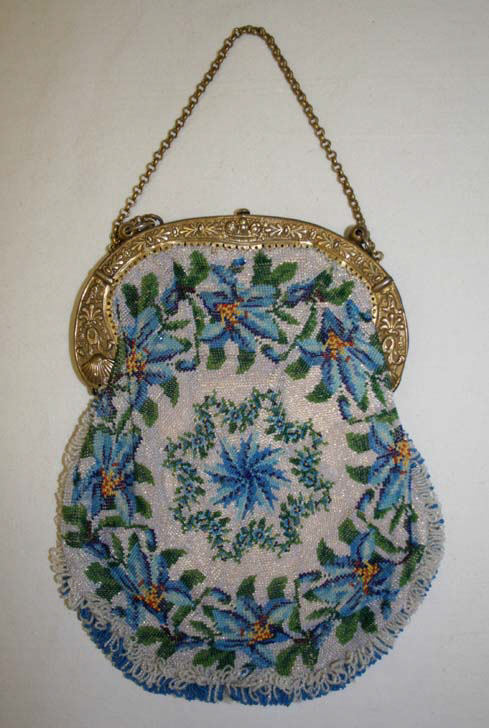
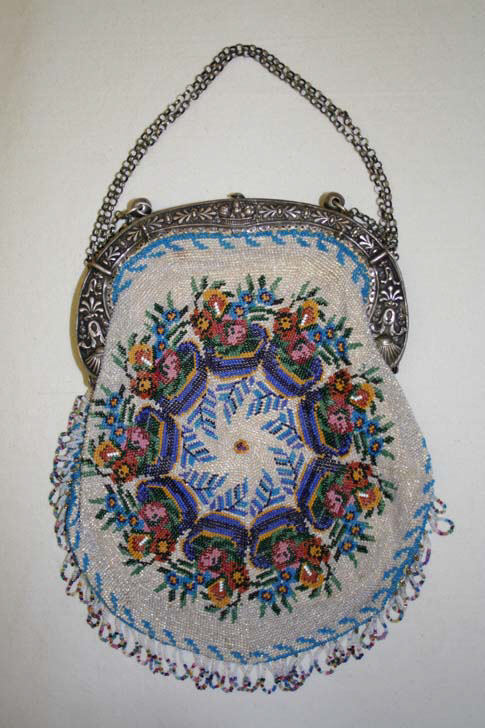

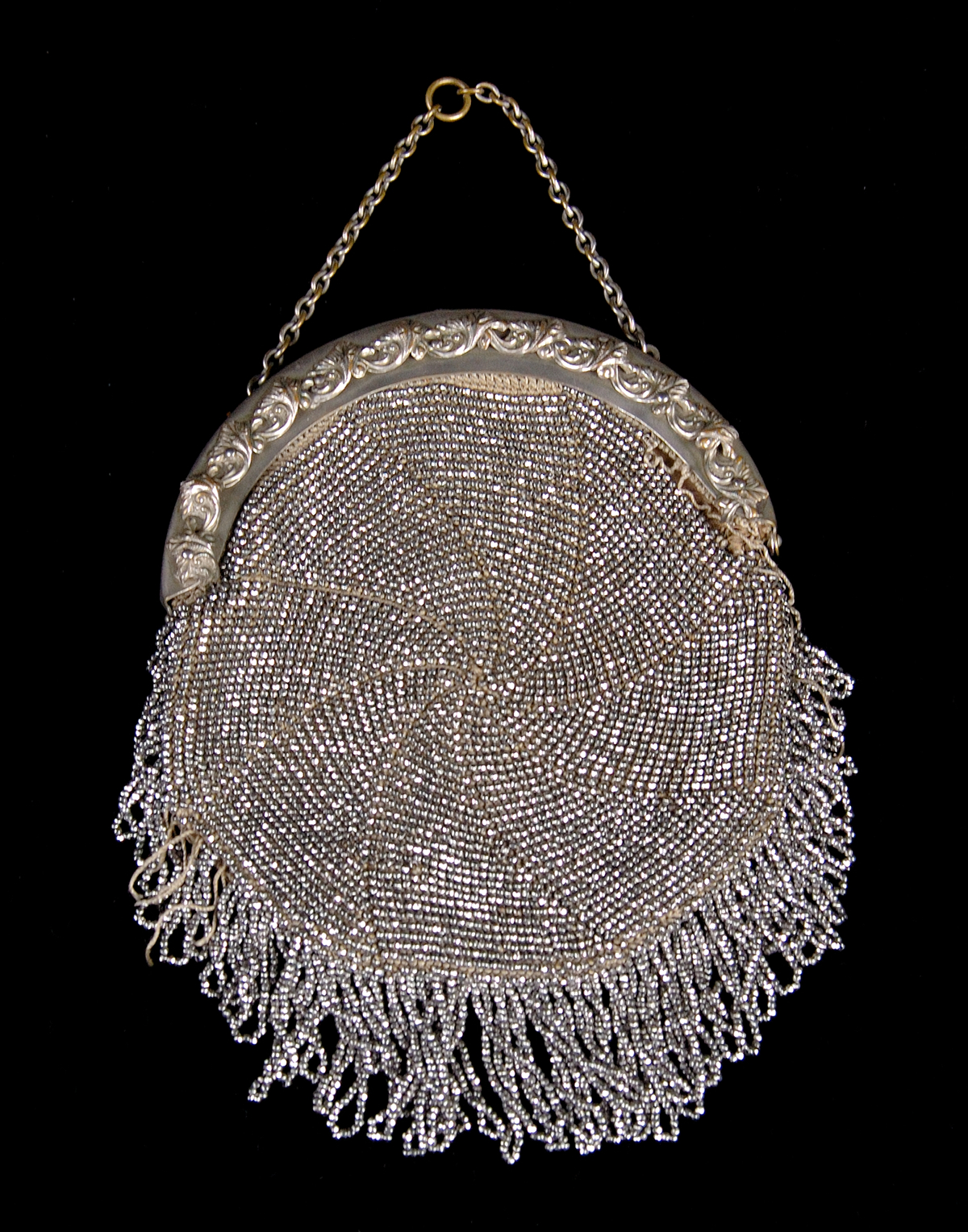
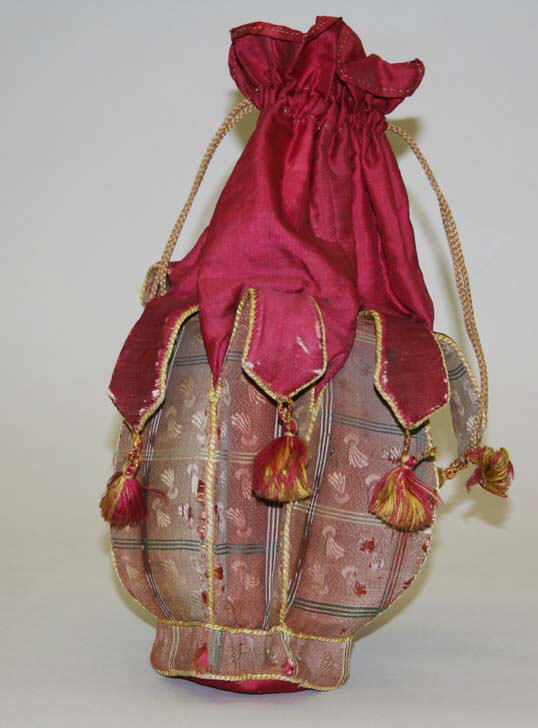

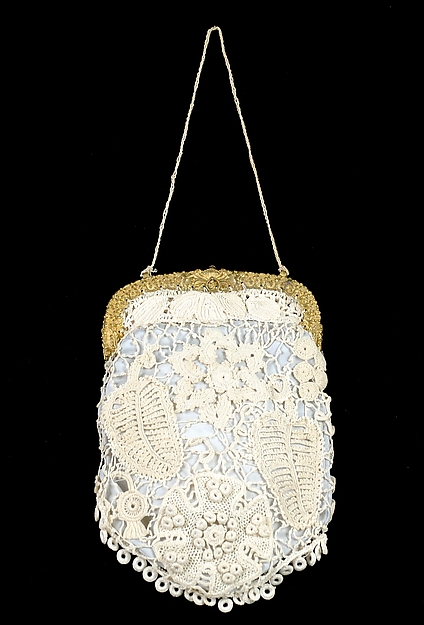

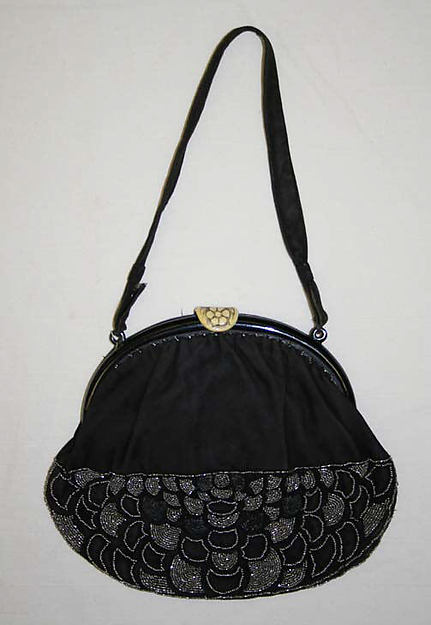
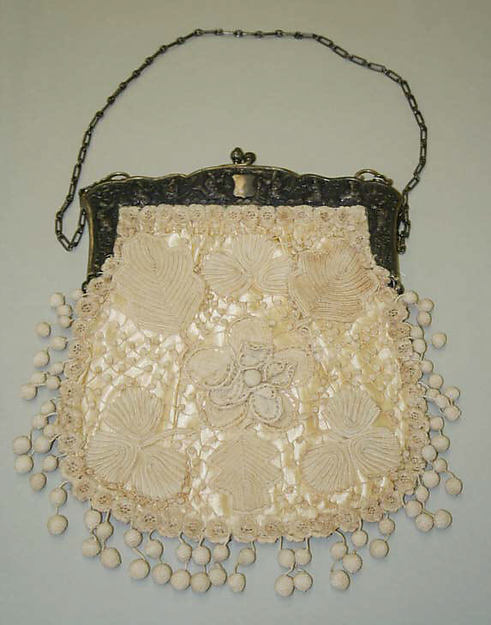
1900s
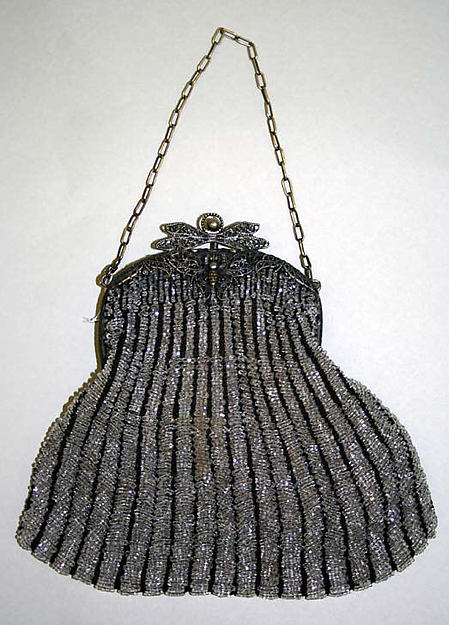
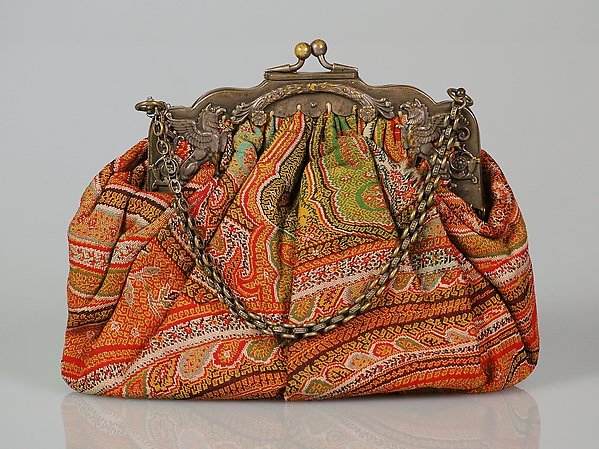

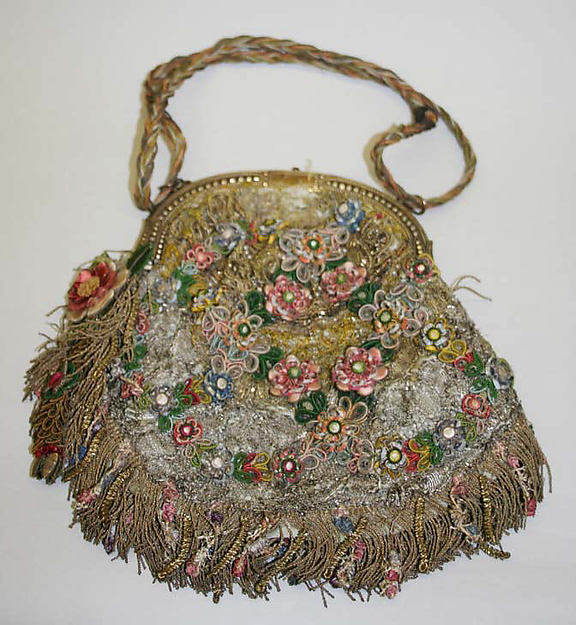
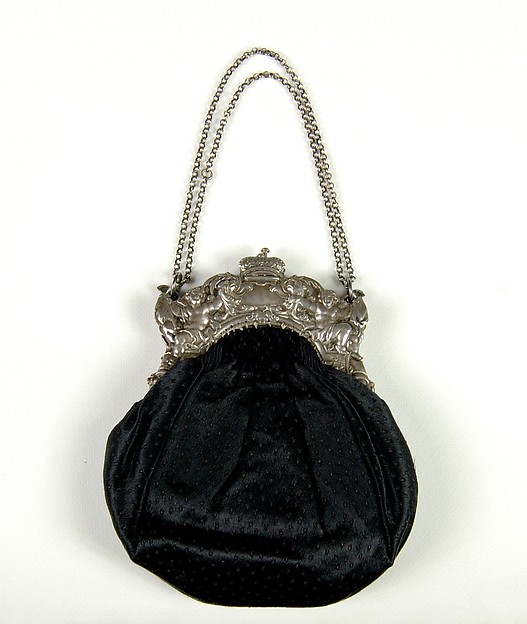
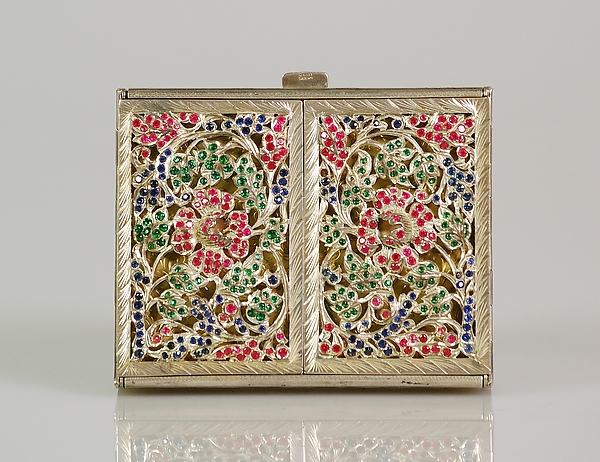

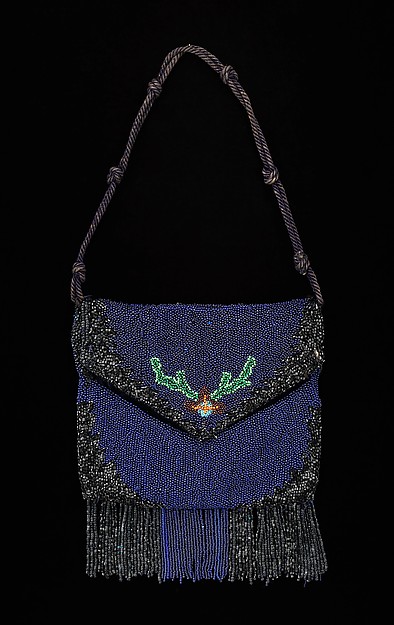
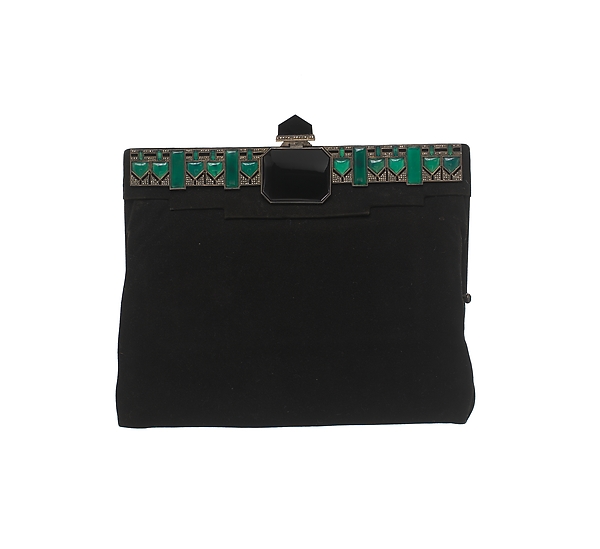
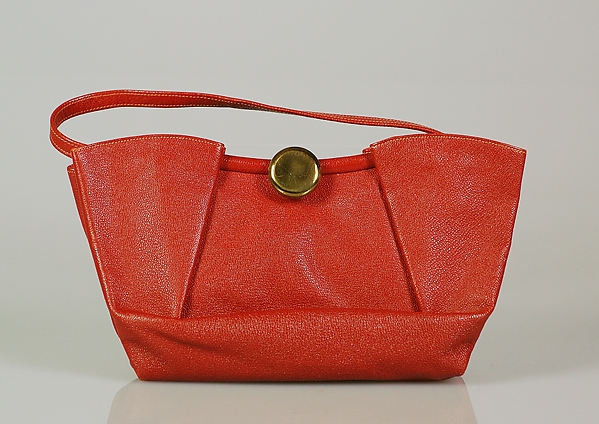
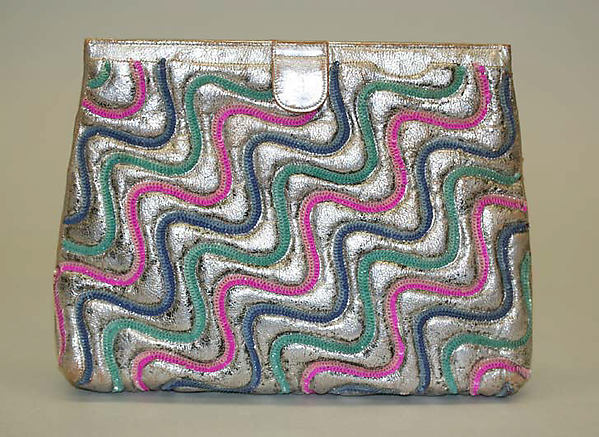

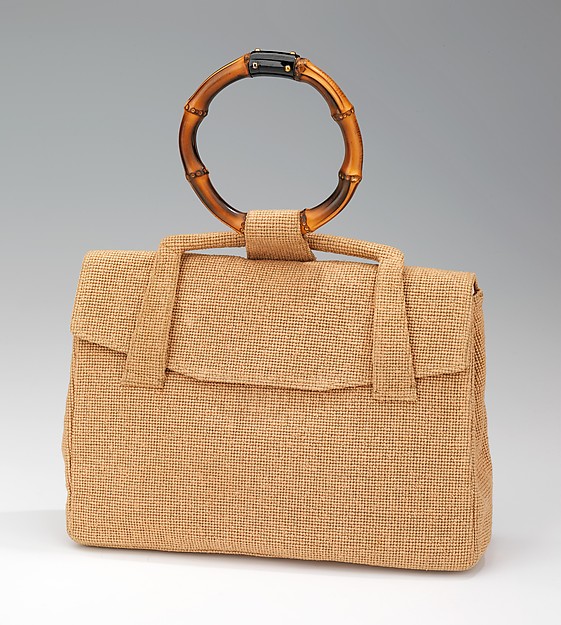

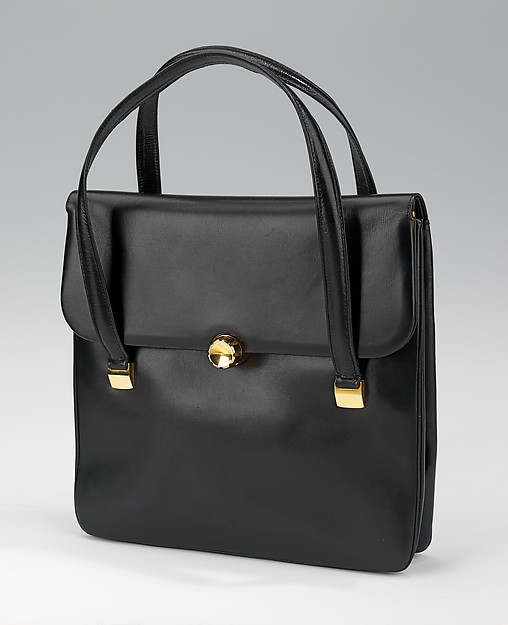


References
Museum of Bags
Metropolitan Museum of Art
Wikipedia
LACMA
